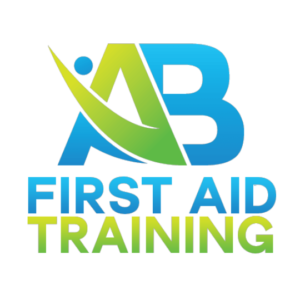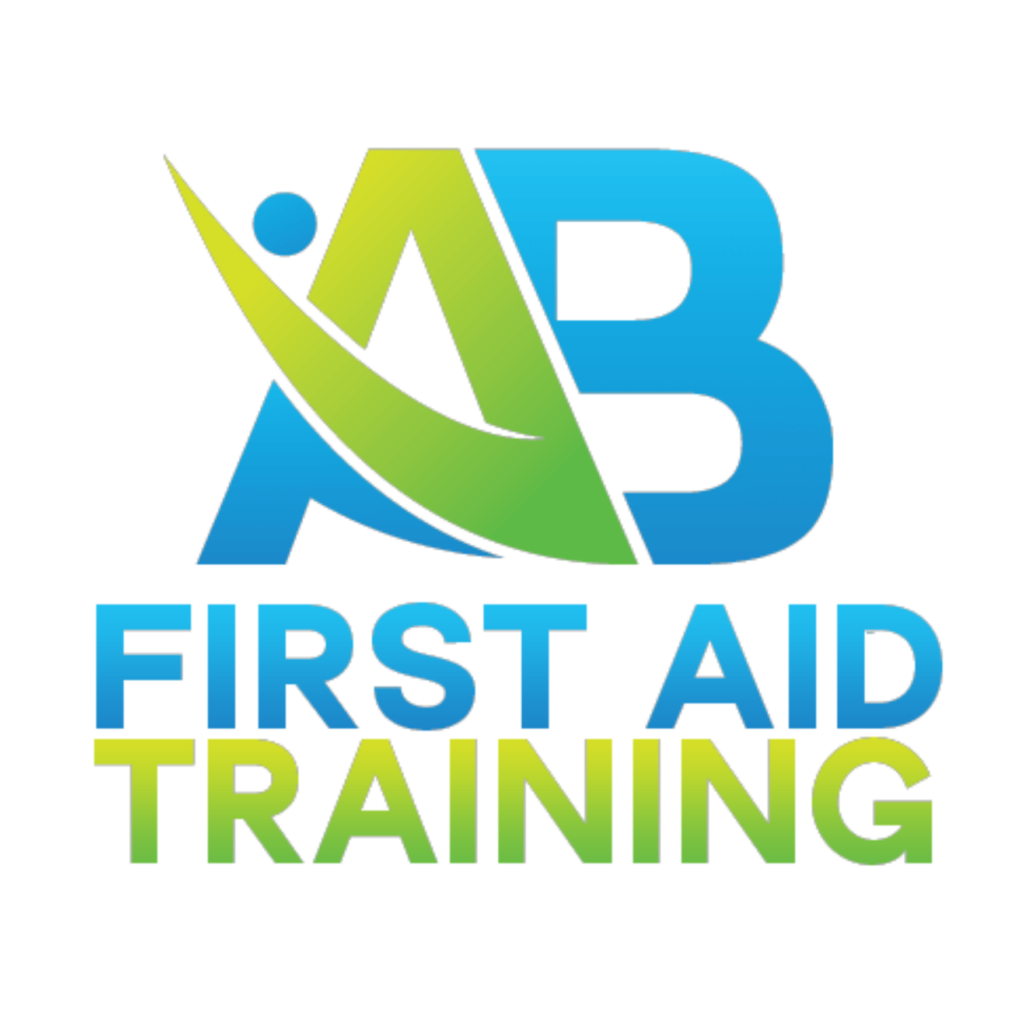Safety in Australian swim lessons doesn’t stop at preventing physical injuries; it also involves protecting students from waterborne illnesses. In this blog post, we’ll delve into the importance of managing waterborne illnesses in Australian swim lessons and provide tips and strategies for swim teachers to keep their students healthy and safe. AB First Aid Training is dedicated to promoting safety, including the prevention of waterborne illnesses. To explore how our courses can help swim instructors and students, visit our website AB First Aid Training or call us at 03 8364 8984.
Managing Waterborne Illnesses in Swim Lessons:
- Pool Sanitation: Ensure that the pool where you conduct lessons is regularly treated and maintained for optimal water quality.
- Proper Chlorine Levels: Monitor and maintain appropriate chlorine levels to disinfect the water effectively.
- Filtration Systems: Ensure that the pool’s filtration systems are in good working order to remove contaminants.
- Hygiene Education: Teach students about the importance of showering before entering the pool and not urinating in the water.
- Diarrhea Response: In the event of a diarrhea incident in the pool, follow strict protocols to ensure proper cleaning and disinfection.
- Swim Diapers: Encourage parents to put young children in swim diapers to prevent accidents in the pool.
Strategies for Swim Teachers:
- Health Screenings: Before lessons, conduct health screenings to check for symptoms of illness and exclude sick students to prevent the spread of infection.
- Teach Good Hygiene: Promote good hand hygiene, such as washing hands after using the restroom and before meals.
- Emergency Response: In case of a waterborne illness outbreak, have a clear response plan in place, including communication with parents and health authorities.
- Water Quality Checks: Educate yourself on the importance of regularly checking water quality and being aware of potential issues.
- Pool Closure Procedures: Know the steps to close and clean the pool in case of contamination and understand when it is safe to reopen.
Conclusion:
Managing waterborne illnesses in Australian swim lessons is vital for ensuring the health and safety of all participants. As swim teachers, it’s our responsibility to create a hygienic and secure learning environment. At AB First Aid Training, we provide courses that empower instructors with the knowledge needed to address various aspects of safety in aquatic settings. Let’s work together to make every swim lesson a healthy and enjoyable experience.
Questions for Reflection:
- What measures do you take as a swim teacher to ensure waterborne illness prevention in your lessons?
- Have you ever encountered an instance of waterborne illness in your swimming classes, and how was it managed?
- How do you communicate with parents and students about the importance of hygiene in the pool?
Sources:
- Healthy Swimming – Centers for Disease Control and Prevention (CDC)
- Guidelines for Pool Water Quality – Department of Health and Human Services, Victoria
- AB First Aid Training Courses
- Contact us at AB First Aid Training: 03 8364 8984


